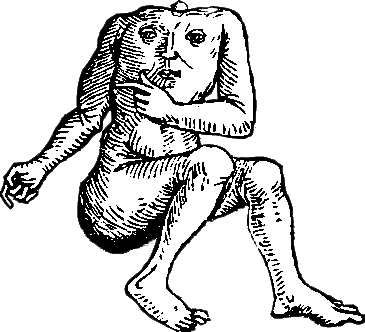In that mysterious chasm of one’s own affinities and disposition that ties together bits of family history, places lived, as well as experiences and ideas exposed to, I might place a first reading of Huckleberry Finn as fundamental in my early understanding of and interest in form. Only a few pages in, I ran to my parents asking: how could a book be published with so many mistakes? This must surely be a proof copy of the manuscript that somehow ended up in our home?
To have them explain, the author intended the words to be spelled out just so to replicate the local diction and slang of its characters. It was his chosen form for the novel. Here, form subverted my expectations of how text should appear. A revelation, unsought-but-much-welcomed, for a kid who didn’t quite fit in, neither with “rebellious boys” nor “romantic girls.” Another path was possible.
Form was not and is not a single idealized model to strive towards or conform to but something distinct shaped by the proclivities of the artist-creator, given context (thus meaning) via their place in history and through their connections, including with institutions, individuals, regions inhabited, nature, and works of art.
—Nicholas Grosso
New York
March 2020


